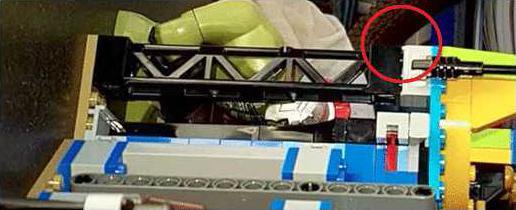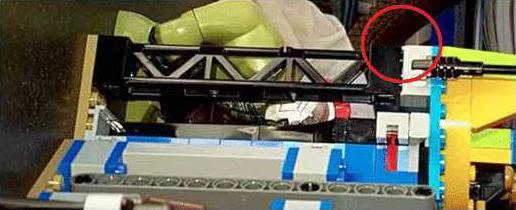Snakes are common in Australia and not many people worry too much about them. But sometimes, the snakes are deadly without anyone realizing it.
They thought it was harmless
According to Inside Edition, an Australian mom noticed a large snake wrapped around her kids Lego set. She assumed that it was just a carpet python -- which is harmless and common in their area.
She called some snake catchers to collect the snake from their home. Tony and Brooke Harrison were called in, but when they got to the home, they saw that the family was in serious danger.
The second-most venomous land animal
The snake wasnt just a common carpet python -- it was an eastern brown snake. Tony told Inside Edition, Its the second-most venomous land animal on the planet with a fairly short fuse It was a very dangerous situation for the kids of the house.
According to Business Insider, the eastern brown snake accounts for approximately 60 percent of snake bite related deaths in Australia. They think that the snake made its way in through the garage and to the lego toy set.
The snake was relocated
Brooke and Tony were able to capture the snake and relocate it to Gosford Reptile Park, where, according to Inside Edition, Its venom will be extracted to create anti-venom.
While this family was able to escape the dangers of the venomous snake, its important to be careful in your own home. Snakes are really great at hiding, so its important to check your homes every once in awhile and keep your family safe. This is especially important if you life in an area where snakes are common -- like Australia.
Watch the snake catchers pick up this snake and rescue the family with their bare hands.
They thought it was harmless
According to Inside Edition, an Australian mom noticed a large snake wrapped around her kids Lego set. She assumed that it was just a carpet python -- which is harmless and common in their area.
She called some snake catchers to collect the snake from their home. Tony and Brooke Harrison were called in, but when they got to the home, they saw that the family was in serious danger.
The second-most venomous land animal
The snake wasnt just a common carpet python -- it was an eastern brown snake. Tony told Inside Edition, Its the second-most venomous land animal on the planet with a fairly short fuse It was a very dangerous situation for the kids of the house.
According to Business Insider, the eastern brown snake accounts for approximately 60 percent of snake bite related deaths in Australia. They think that the snake made its way in through the garage and to the lego toy set.
The snake was relocated
Brooke and Tony were able to capture the snake and relocate it to Gosford Reptile Park, where, according to Inside Edition, Its venom will be extracted to create anti-venom.
While this family was able to escape the dangers of the venomous snake, its important to be careful in your own home. Snakes are really great at hiding, so its important to check your homes every once in awhile and keep your family safe. This is especially important if you life in an area where snakes are common -- like Australia.
Watch the snake catchers pick up this snake and rescue the family with their bare hands.








